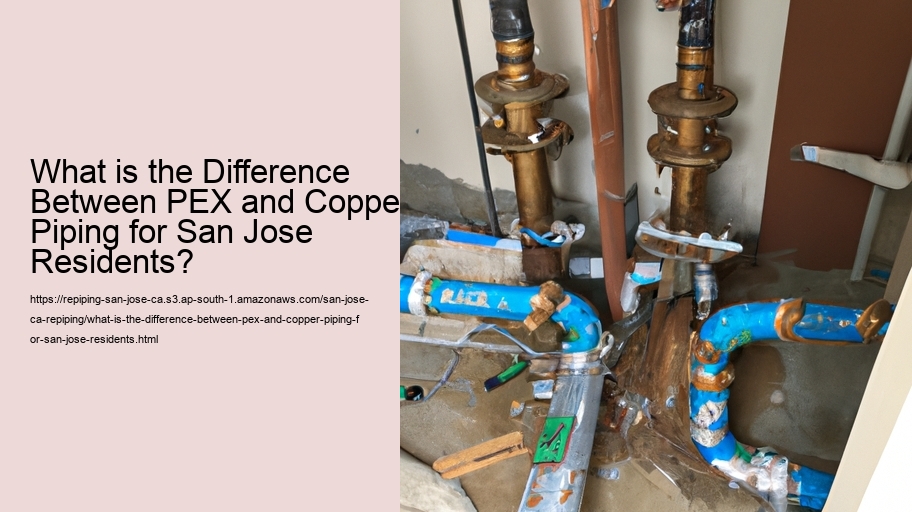As residents of San Jose consider the best options for plumbing in their homes and businesses, two popular materials often come to mind: PEX (cross-linked polyethylene) and copper piping. What is Involved in Repiping a Home in San Jose, CA? . While both types of pipes serve the same fundamental purpose—transporting water throughout a building—they possess distinct characteristics that may make one more suitable than the other depending on specific needs and circumstances. In this essay, we'll delve into the differences between PEX and copper piping to help San Jose residents make an informed decision.
The first key difference lies in the material composition and durability. Copper is a natural metal that has been used for plumbing for many years. It's known for its longevity and resistance to bacteria growth. However, it can corrode over time, particularly if the water has a pH level that's not neutral or contains high levels of chlorides which are prevalent in some areas of San Jose due to local water treatment practices.
On the other hand, PEX is a flexible plastic tubing that's relatively new compared to copper but has rapidly gained popularity due to its corrosion resistance and ease of installation. Unlike copper, PEX isn't affected by acidic or basic water conditions, making it less susceptible to damage from the local water chemistry.
Installation is another area where PEX and copper diverge significantly. PEX is lightweight, easy to cut, and can be maneuvered through walls with fewer joints because it’s flexible. This flexibility also allows it to expand slightly, making it more resistant to freeze-related breaks—a notable advantage in colder climates but less relevant for temperate San Jose weather. The ease of installation generally makes PEX more cost-effective when labor costs are considered.
Copper piping requires soldering at joints and fittings; this process demands skill and time which contributes to higher installation costs. Additionally, because copper is rigid, installing it typically requires more hardware like elbow fittings or couplers whenever there’s a directional change in the piping path.
From an environmental perspective, there’s also something worth considering about both materials: Copper is recyclable without loss of quality while Pex isn’t as broadly recycled though still possible. However mining activities required for copper extraction have greater environmental impacts compared with manufacturing processes involved with producing synthetic products like PEX.
Water quality concerns may influence your choice as well. Some individuals believe that water tastes better when delivered via copper pipes although no definitive evidence supports this claim consistently across all users’ preferences or scientific studies conducted so far . It should be noted however that concerns regarding potential chemical leaching from plastic pipes exist among consumers despite regulatory assurance such as NSF International certification ensuring safety standards are met by products including those made from Pex .
Cost considerations feature prominently too; generally speaking ,PEX tends be cheaper than copper not just because material itself costs less but due lower labor requirements during installation phase mentioned earlier . Moreover maintenance might become factor long term since repairing leaks patching holes could potentially easier with flexible pipe system rather than dealing rigidity present within traditional metal based solutions .
In conclusion choosing between these two types comes down evaluating intended use case along lines aforementioned factors : environment you're located in (taking into account climate condition), budget constraints ,and personal preference regarding topics ranging perceived taste effects on health implications related contact different substances used construction each type respectively . Ultimately only after weighing these various aspects will you able find solution best suits your situation as resident living beautiful city San HORSE .
